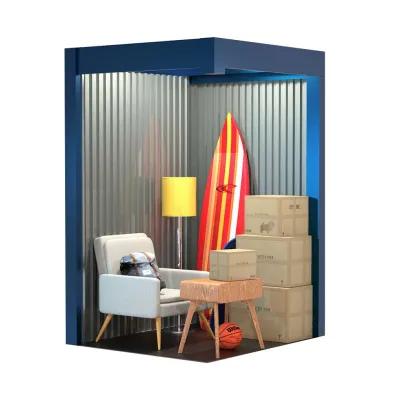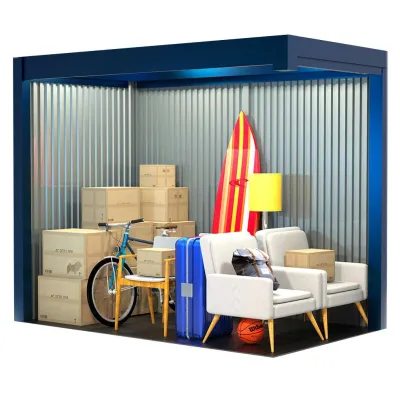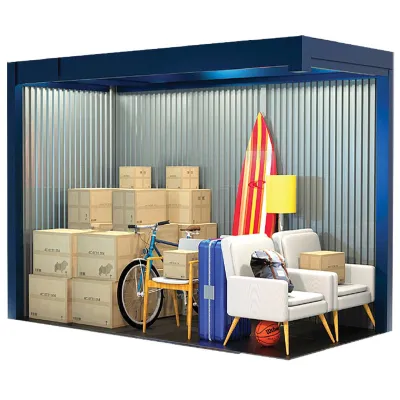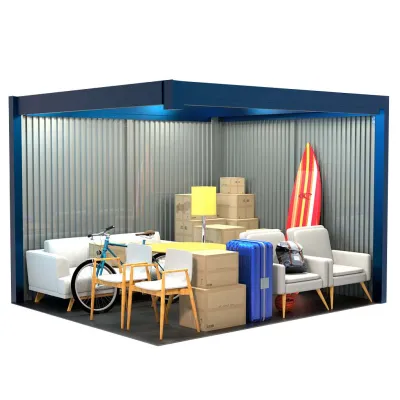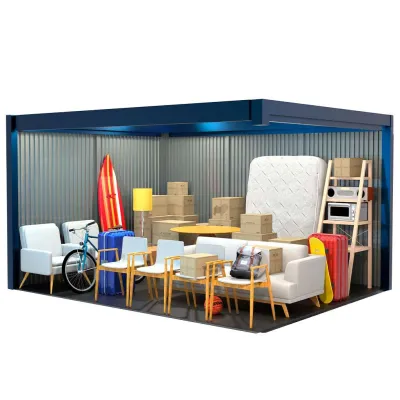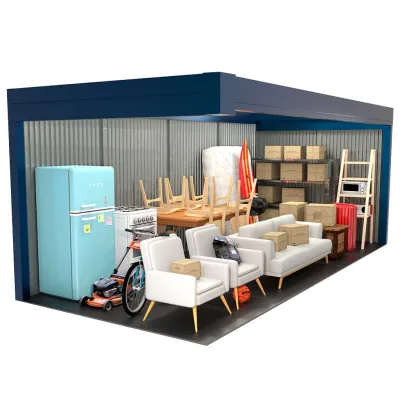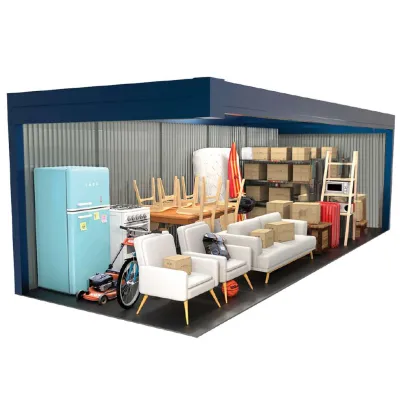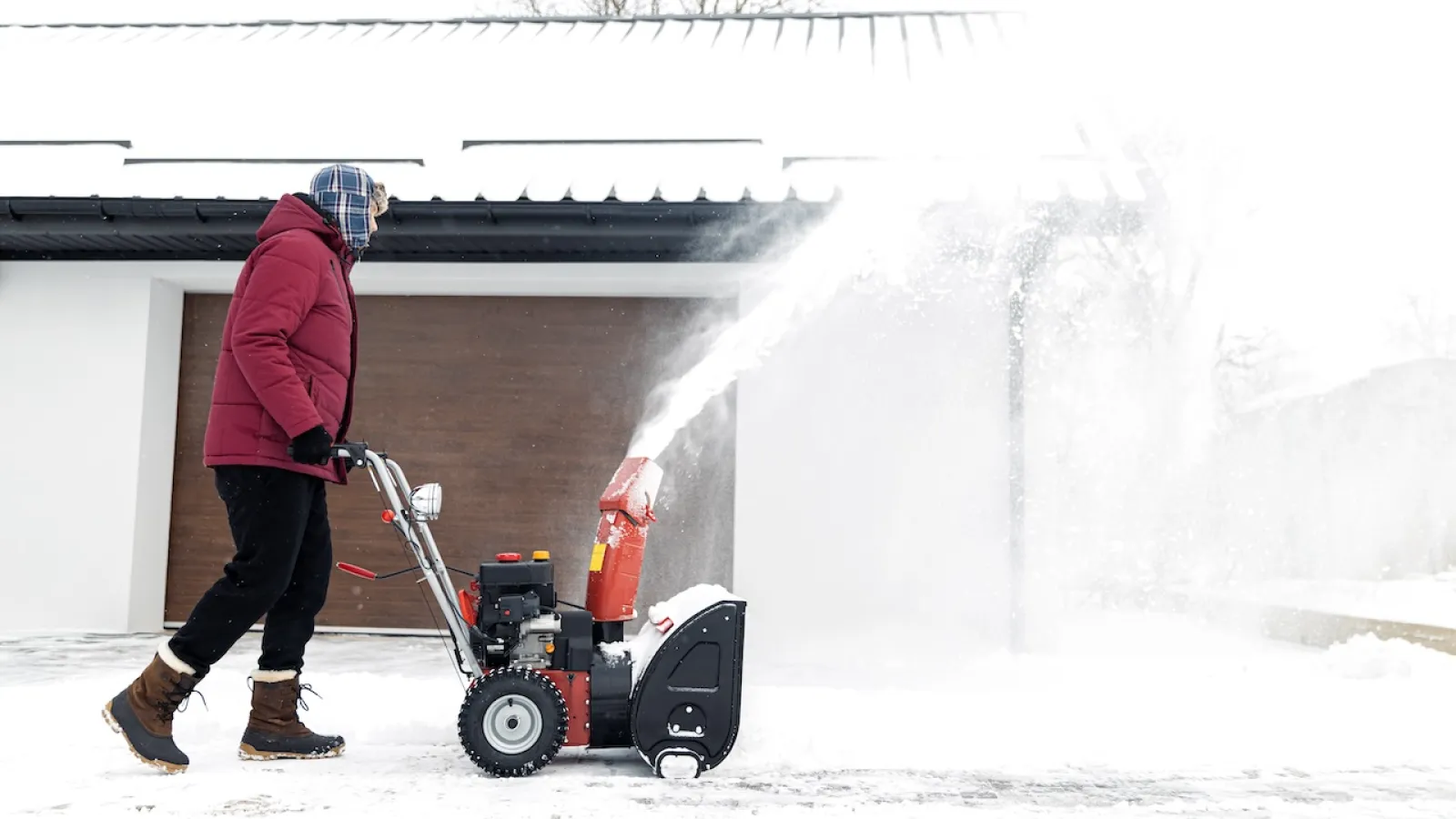
How to Store Your Snow Blower Off-Season for Peak Winter Performance
Is it time to stow your snow blower for the off-season? Knowing the right storage techniques is just as important as knowing the right way to use your machine. Without proper care, your snow blower could face serious issues when the snow starts falling again, meaning costly repairs or even the need to replace it entirely.
With the average snowblower costing anywhere from a couple hundred dollars to over $1,000, it's worth taking the time to properly store your machine to ensure it's running at peak performance during winter. Here are our best snow blower storage ideas for the off-season.
Why Proper Storage Is a Must
When a storm rolls in, and you must get your car out of the garage to get to work on time, you know how vital that snow blower is. The last thing you want is to wake up early that morning only to find your trusty snow blower has decided to take a snow day of its own—looks like you'll be doing your cardio with a shovel instead!
1. Engine Issues
Engines are delicate machines. Failing to tend to yours before storing could result in severe damage—like failing to start or sluggish performance come winter. Improperly stored engines can develop gunky oil or degraded fuel, reducing efficiency and lifespan.
2. Corrosion
Moisture is your snow blower's worst enemy. Left unchecked, it can seep into the inner workings of your machine, corroding metal components. Corrosion doesn't just look bad; it can affect how smoothly your snow blower operates and significantly shorten its life.
3. General Physical Damage
Storing your snow blower in a chaotic garage or outdoor environment could expose it to impacts, abrasive materials, or falling objects, all of which could damage components. Neglecting its upkeep creates the perfect storm for mechanical or cosmetic damage.
4. Fuel Degradation
Ever leave gas sitting in a car for months? Fuel breaks down over time, leading to a murky, unusable mess in the tank. The same is true for snow blowers. Without proper care, stale fuel leads to clogged fuel lines or a damaged carburetor.
5. Rust
Rust doesn't just affect how your snow blower looks—it can limit its functionality and make parts brittle. Metal exposed to moisture for an extended period is especially at risk, making proper storage crucial.
Top Snow Blower Storage Ideas
1. Outdoor Storage Shed
A small outdoor storage shed is an excellent option for keeping your snow blower dry and safe from harsh weather. Ensure the shed is elevated to prevent water from pooling around the machine, and always cover the blower with a waterproof tarp for an extra layer of protection.
What You'll Need:
An outdoor storage shed with adequate ventilation
A durable, waterproof tarp
2. Covered and Raised on a Pallet
If you don't have access to indoor storage or a shed, storing your snow blower outdoors is still possible—with the proper precautions. Elevate it on a sturdy pallet to keep it off the damp ground, and cover it entirely with a high-quality waterproof cover to shield it against rain, snow, and debris.
Quick Tip: Invest in a snow blower cover specifically designed for your machine's make and model—it'll fit snugly and offer better protection compared to generic covers.
3. Climate-Controlled Storage Units
Arguably the best snow blower storage idea, consider stashing your snow blower in a climate-controlled storage unit like the ones at Midgard Self Storage. This option eliminates exposure to extreme temperatures and humidity that can cause rust, fuel degradation, and corrosion.
At Midgard Self Storage, our climate-controlled options ensure your machine stays in optimal condition year-round.
4. Prep for Storage
Whatever storage option you choose, preparing your snow blower before putting it away is essential. Here's what you need to do, step-by-step:
Drain the Fuel Tank: Use all remaining fuel or add a fuel stabilizer to prevent clogging and degradation.
Change the Oil: Fresh oil minimizes wear on internal parts during long storage periods.
Clean Thoroughly: Brush away snow, dust, and debris. Give metal parts a quick WD-40 treatment to displace any leftover moisture.
Remove or Disconnect the Battery: If your snow blower is electric, removing the battery protects it from draining over time.
Live to Fight the Snow Another Day!
With these snow blower storage ideas, you can ensure it's ready to tackle the next winter storm without a hitch. Don't let improper storage practices cause unnecessary and costly issues—take the time to give your machine some TLC before tucking it away for the off-season.
Midgard Self Storage can help you keep your snow blower in top shape with our climate-controlled storage units. Find a location near you today!

